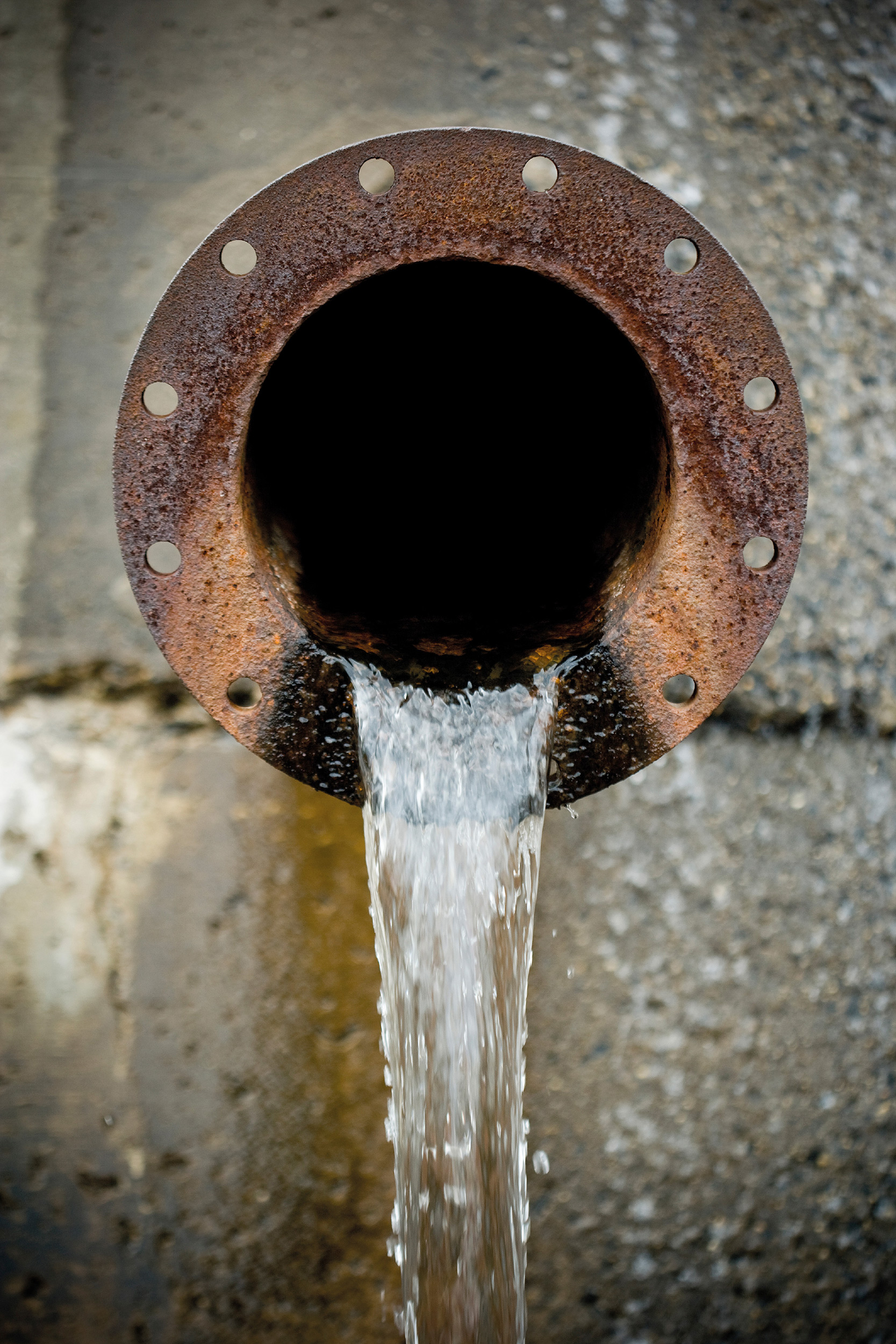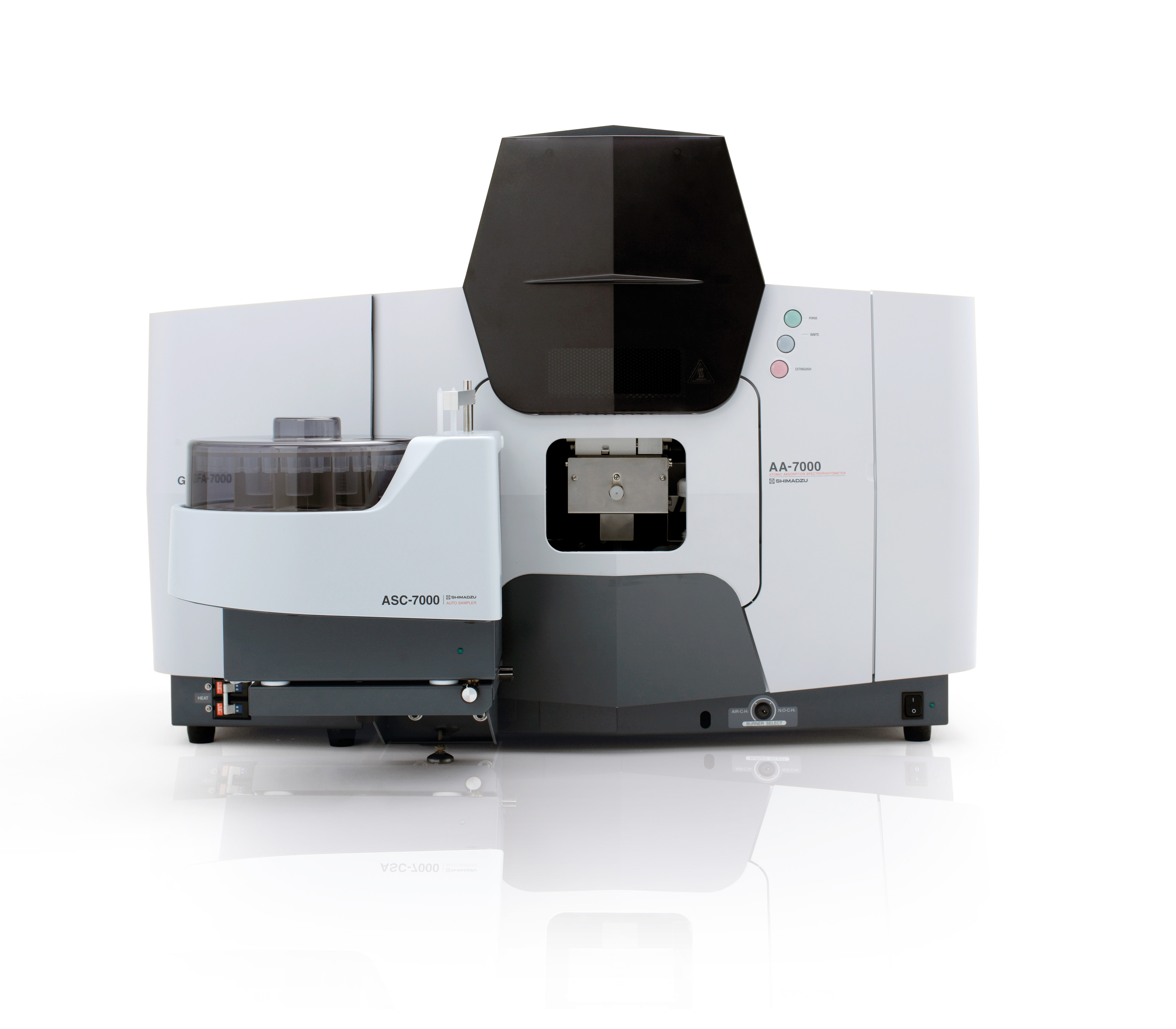Heavy metals in the food chain
Determination with the high-speed self-reversal method for background compensation

Heavy metals such as cadmium, chromium and lead are natural components of the earth’s crust and are typically present in our environment in higher or lower concentration levels. They enter the human body via food, drink and air. Some of these heavy metals, so-called trace elements such as Chromium, Iron, Cobalt, Copper, Manganese, Zinc and Tin are essential in low concentration levels to the human body, as they are important for the metabolism. However, at higher concentrations they are harmful and poisonous to the human body. Typical heavy metal poisoning is caused by drinking water contamination from lead pipes, air contamination from industrial emission sources, or intake via the food chain in the form of contaminated vegetables, meats and fish.
Cadmium in drinking water
Water for human consumption has to fulfill the European drinking water regulation, where the maximum allowable concentration levels of the essential and toxic elements are clearly defined. Typically, control of elements at trace and ultra-trace concentration levels is carried out using atomic absorption spectrometers such as the Shimadzu AA-7000. This fully automatic double beam dual atomizer system is equipped with the GFA-7000 graphite furnace featuring digital control, and the ASC-7000 sample preparation station (see figure 1).
 Figure 1: Fully automatic atomic absorption spectrometer AA-7000
Figure 1: Fully automatic atomic absorption spectrometer AA-7000
The AA-7000 concept allows fully automatic changeover from flame to graphite furnace mode and element-specific optimization of the atomizer position. The system includes two methods of background correction for the determination of heavy metals in samples of complex matrices when using flame and graphite furnace atomization. The Deuterium background correction is useful for compensation of spectral interferences generated by molecular absorption and particulate-caused scattering. In addition, the high-speed self-reversal technique (high current pulse technique) is useful for compensation of interferences caused by overlapping absorption lines and structured background.
All drinking water and wastewater is monitored continuously according to the European drinking water regulation and the law for indirect introduction of wastewaters. In addition, food is controlled through the German foodstuffs and requirements law where the determination of heavy metals such as lead and cadmium is strictly controlled in § 35 LMBG L00.00-19/3.
Determination of Cadmium in food and soil samples
High concentrations of Cadmium in contaminated soils can be dangerous as it can enter the food chain through plants. According to the European food safety authority, foodstuffs are the main source of cadmium exposure for the non-smoking general population [1]. The types of food contributing for the major part to dietary cadmium exposure, primarily due to high consumption, are cereals and cereal products, vegetables, nuts and potatoes as well as meat and meat products. High cadmium concentrations are expected in vegetables grown on soils close to industrial areas such as smelters.
In order to analyze food and soil samples, the analytical procedure begins with sample digestion using a microwave digestion system with a typical sample weight of approximately 250 mg in a mixture of 1.5 mL nitric acid (70 %) and 4.5 mL sulfuric acid (70 %). The sample solutions are transferred into a 10 mL flask and filled up to volume accurately. Quantitative determination of cadmium is done using a fully automatic sequence programmed on AA-7000, with a calibration curve from a stock standard solution with matrix matched acid concentration using the ASC-7000 sample preparation station in combination with the autodiluter.
Table 1 shows the instrumental parameters using conventional hollow cathode lamps and the recommended currents for low and high current measuring mode using the high speed self reversal method which has been selected because of the complex matrix. The high-speed self-reversal method is able to compensate for spectral interferences caused by high iron concentrations on the cadmium line. Even arsenic interferences are also compensated for.
 Table 1: Instrumental parameters for determination of cadmium with different background compensation methods
Table 1: Instrumental parameters for determination of cadmium with different background compensation methods
To apply the technique of the high-speed self-reversal background compensation, the cadmium hollow cathode lamp current is modulated in two modes. In the low current mode at 10 mA, absorption of element and background signals is measured while in the high current mode at 100 mA only the background signal is detected. Because the high current mode determines only the background absorption, the difference between the absorption of both types of light provides accurate background compensation and measurement of the atomic absorption of the target element. Further experimental work on cadmium determination in heavy matrix samples has been published by Waterlot and Douay [2].
Summary
Fully automatic atomic absorption spectrometers such as the AA-7000 are the right tools for solving a wide range of application problems in environmental and food analysis. Since the list of contaminants and their maximum contaminant level is expected to be even more stringently controlled in future, there is a real need for system configurations with lowest detection limits and highest precision. Shimadzu offers total hardware and software solutions for accurate determination of contaminants in water, food and soil samples, demonstrating competence and know-how of a market leader in spectroscopy.
References
[1] www.efsa.europa.eu
[2] Christophe Waterlot and Francis Douay, Talanta 80 (2009) 716-722